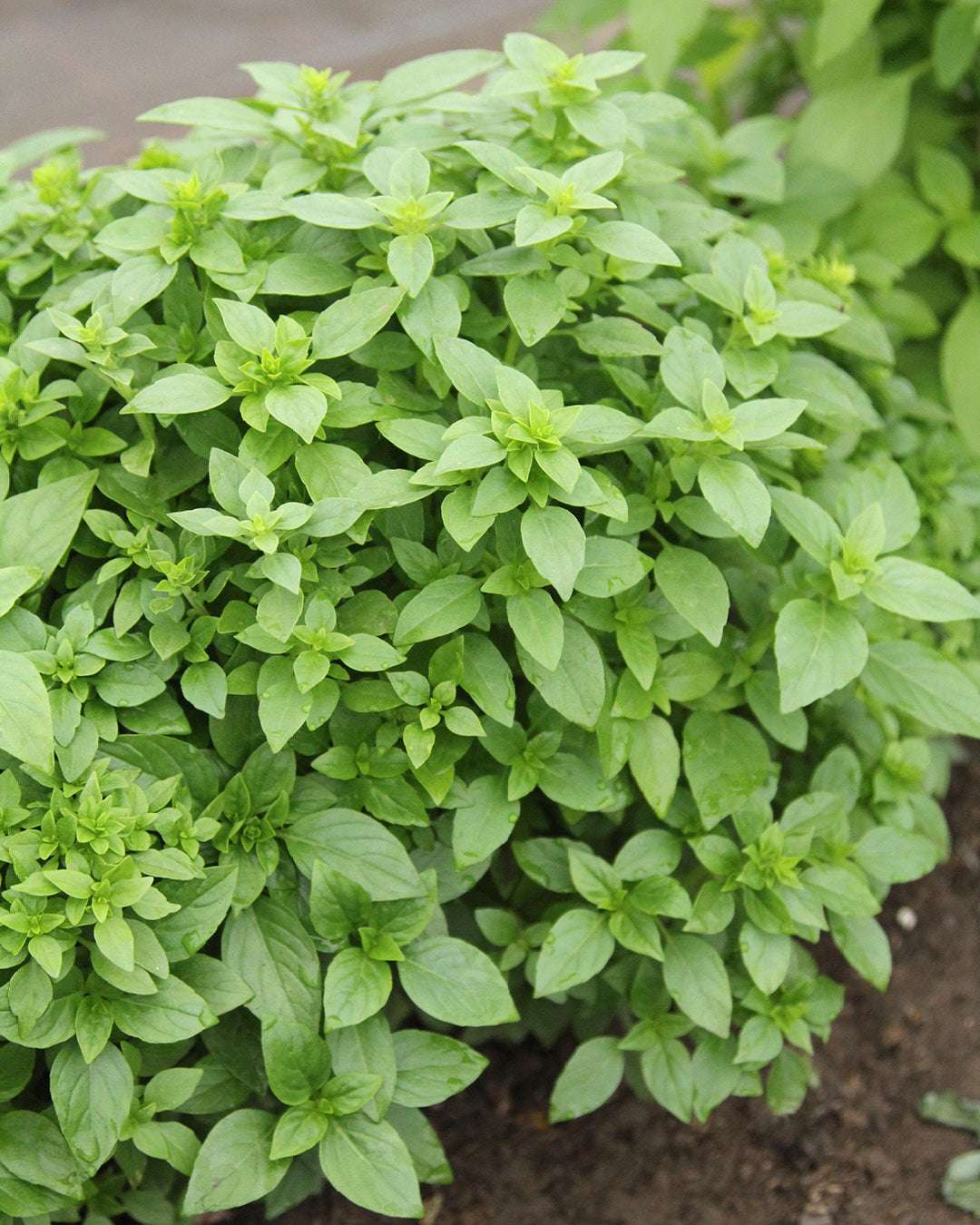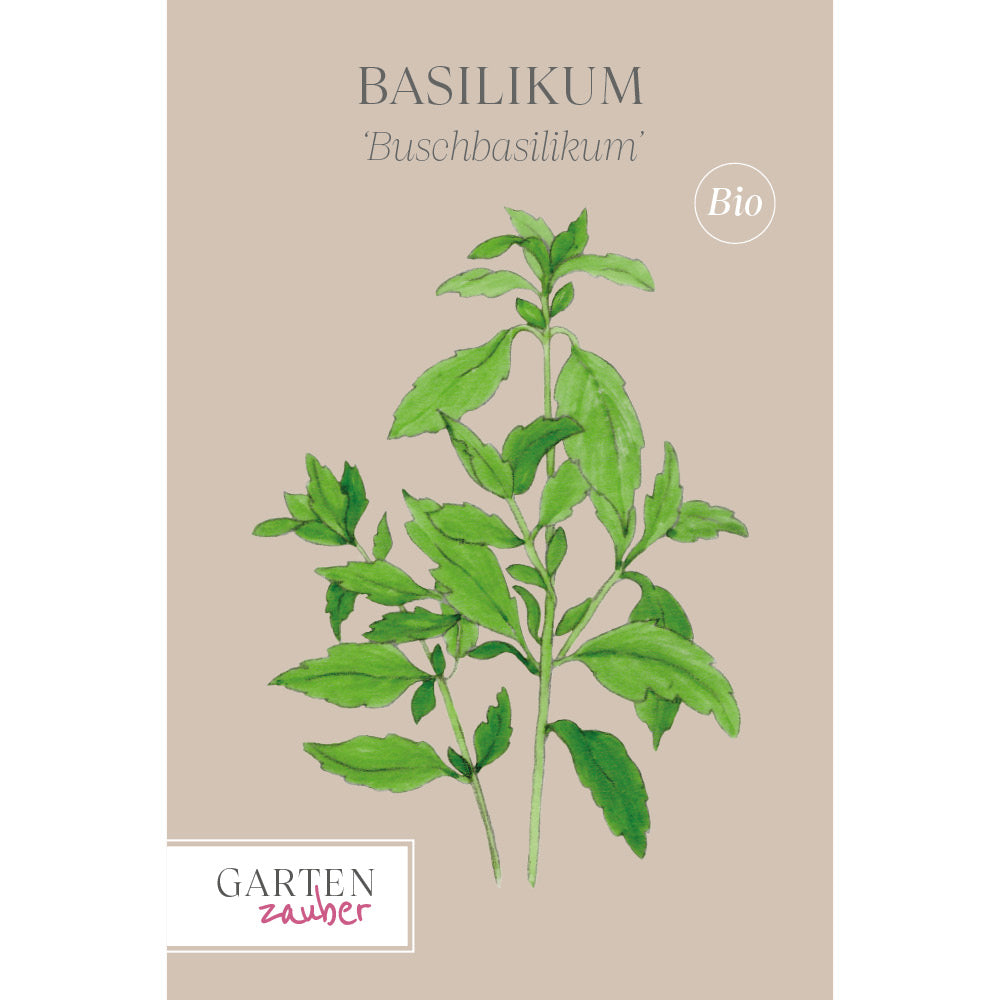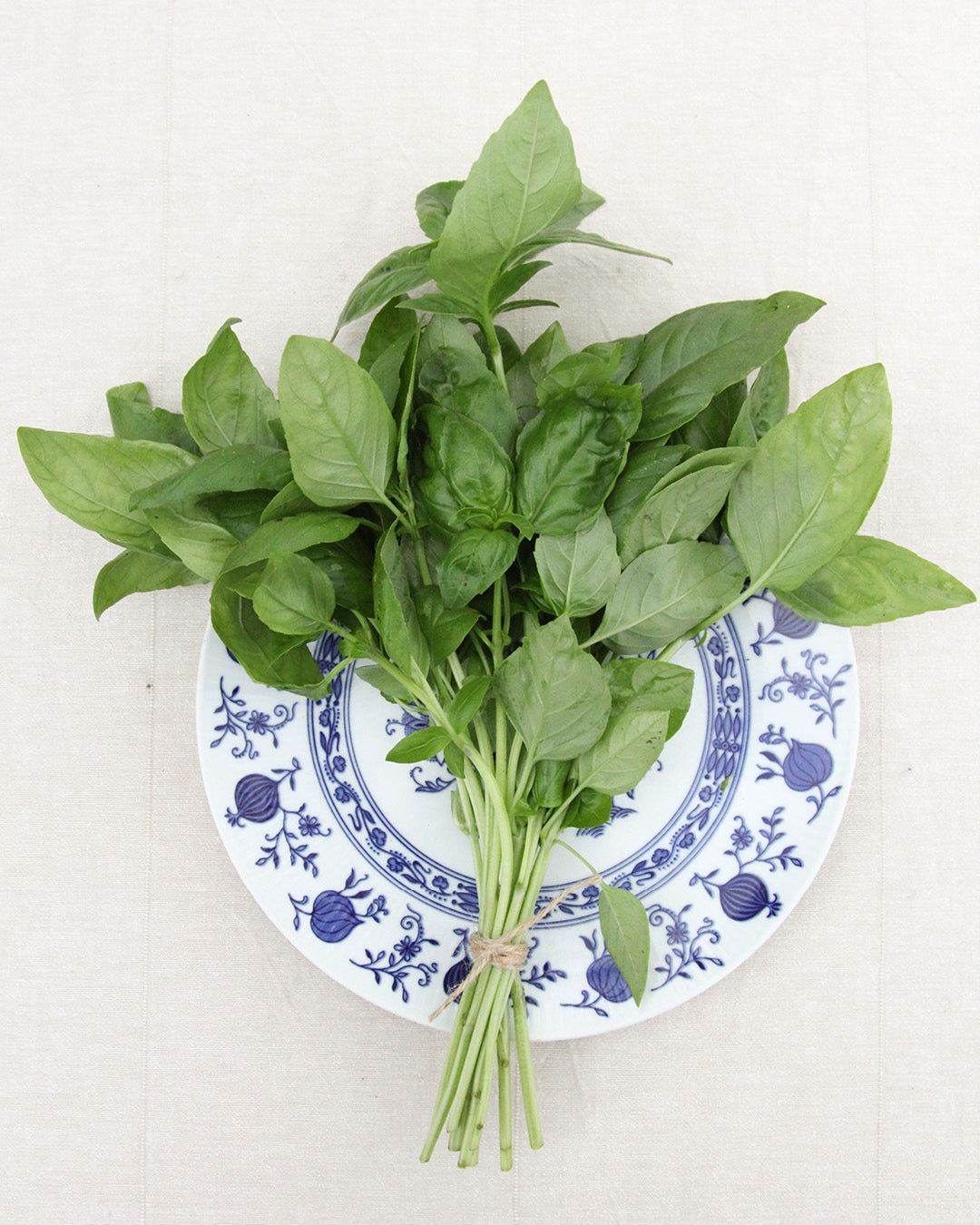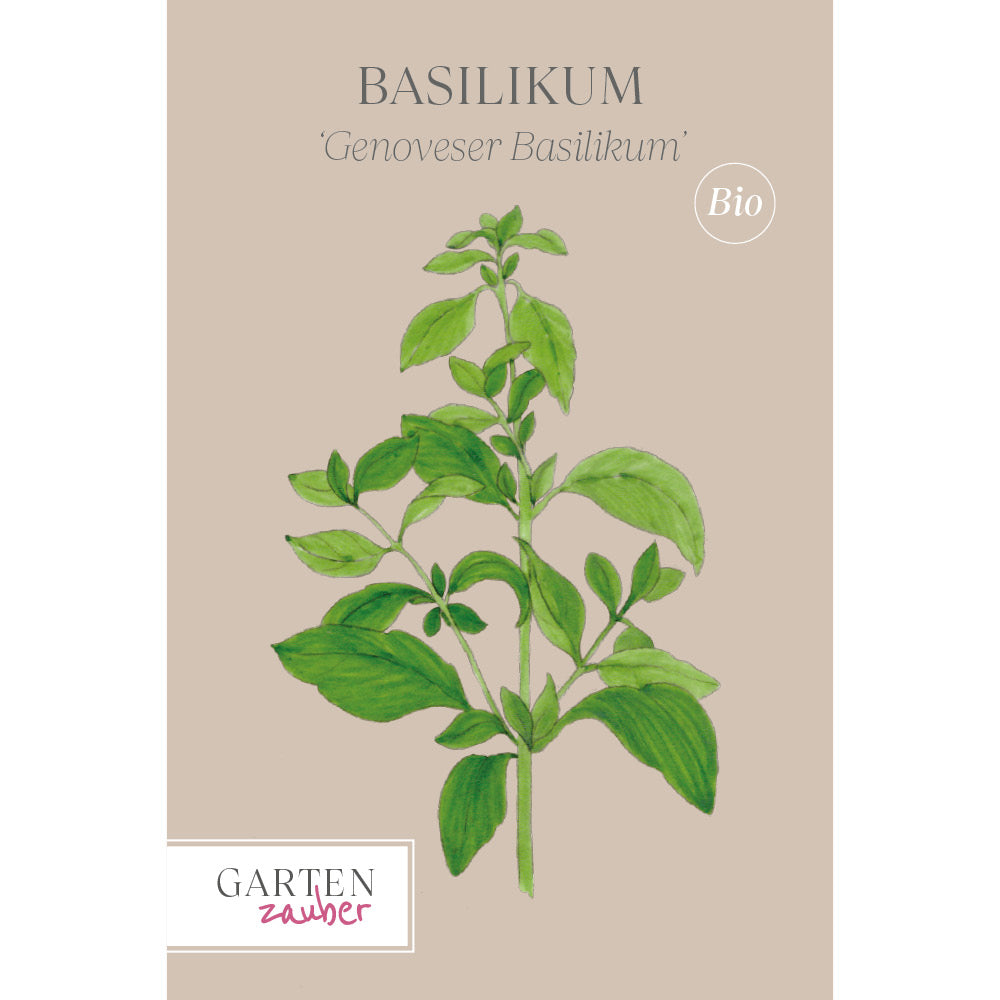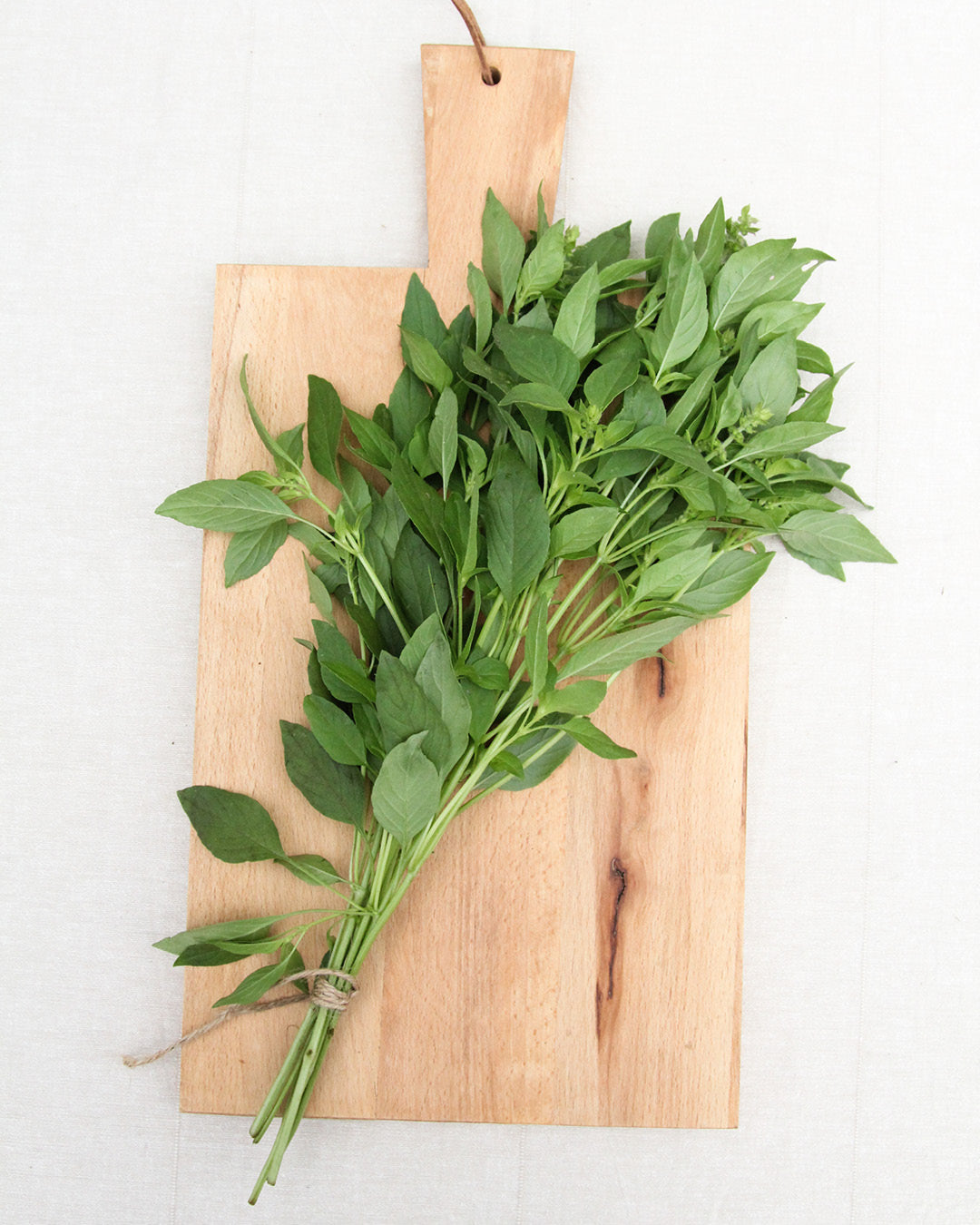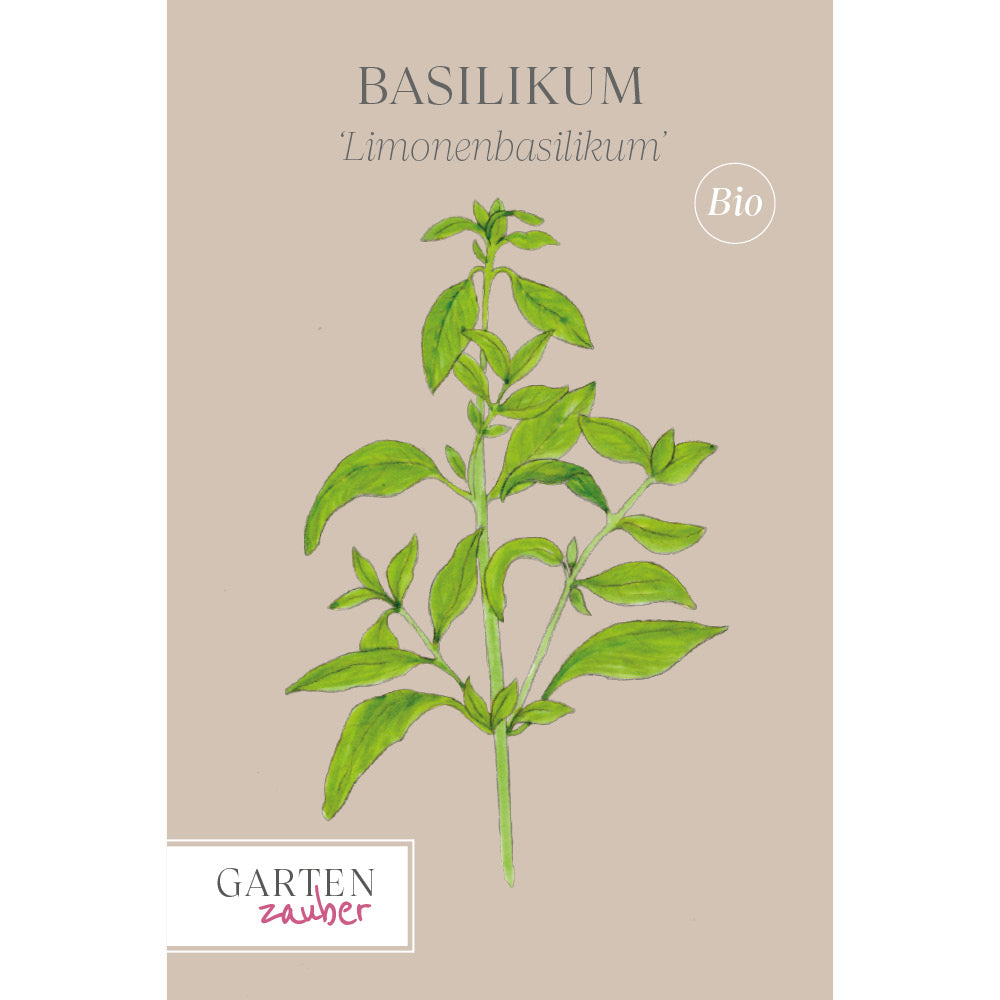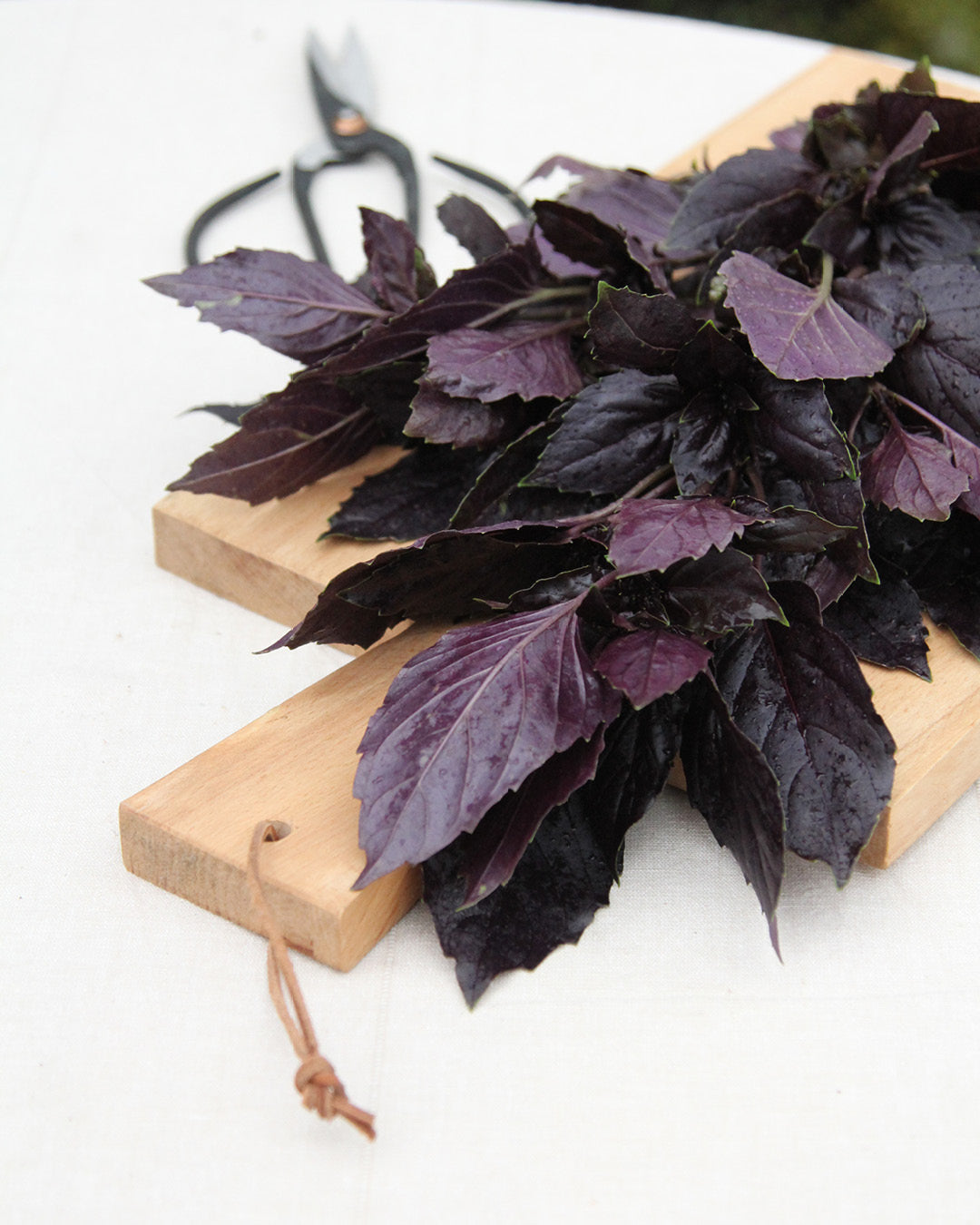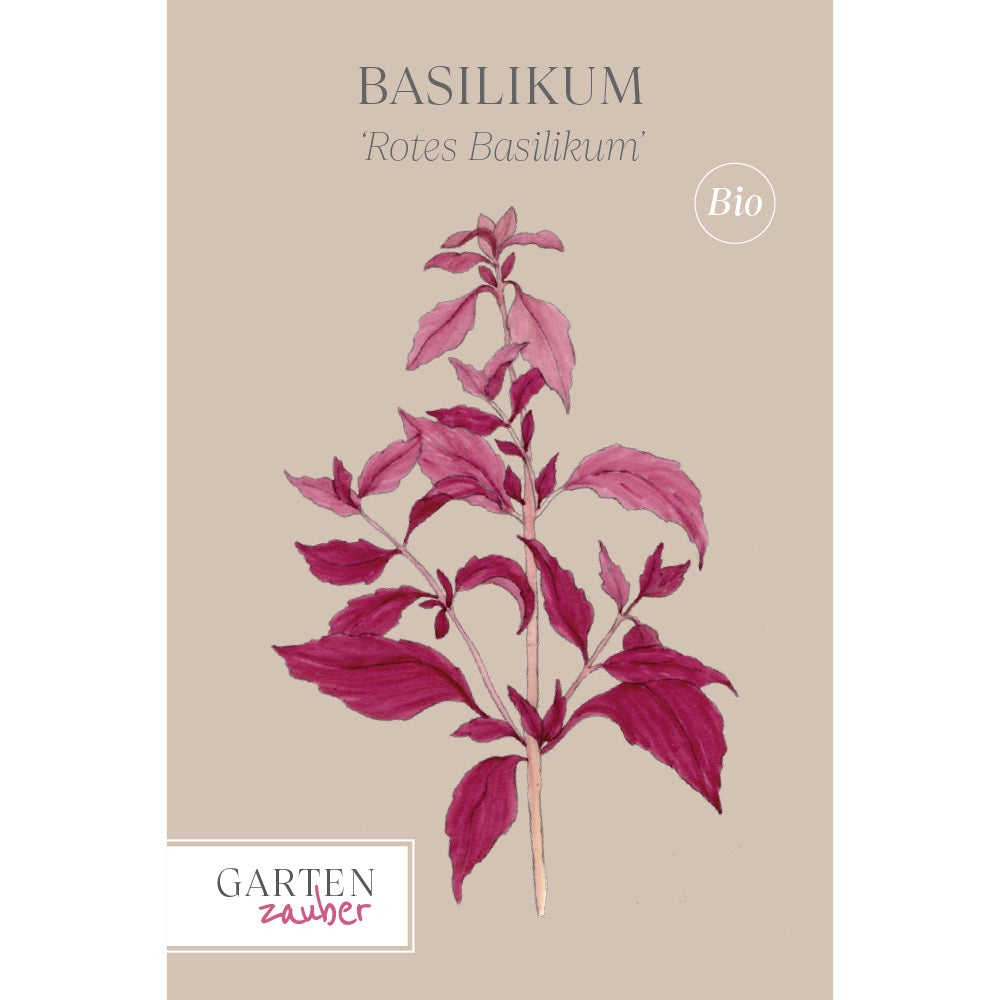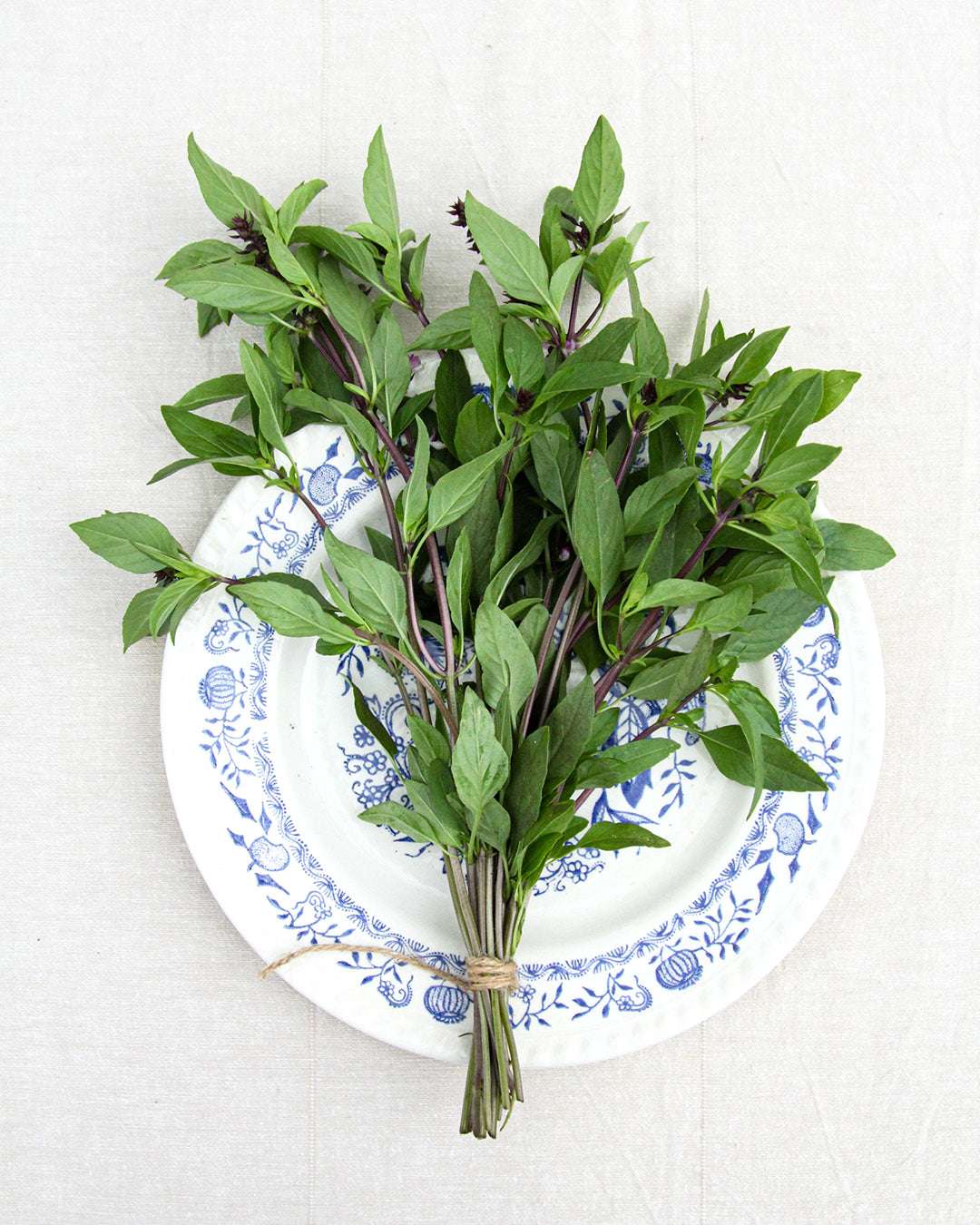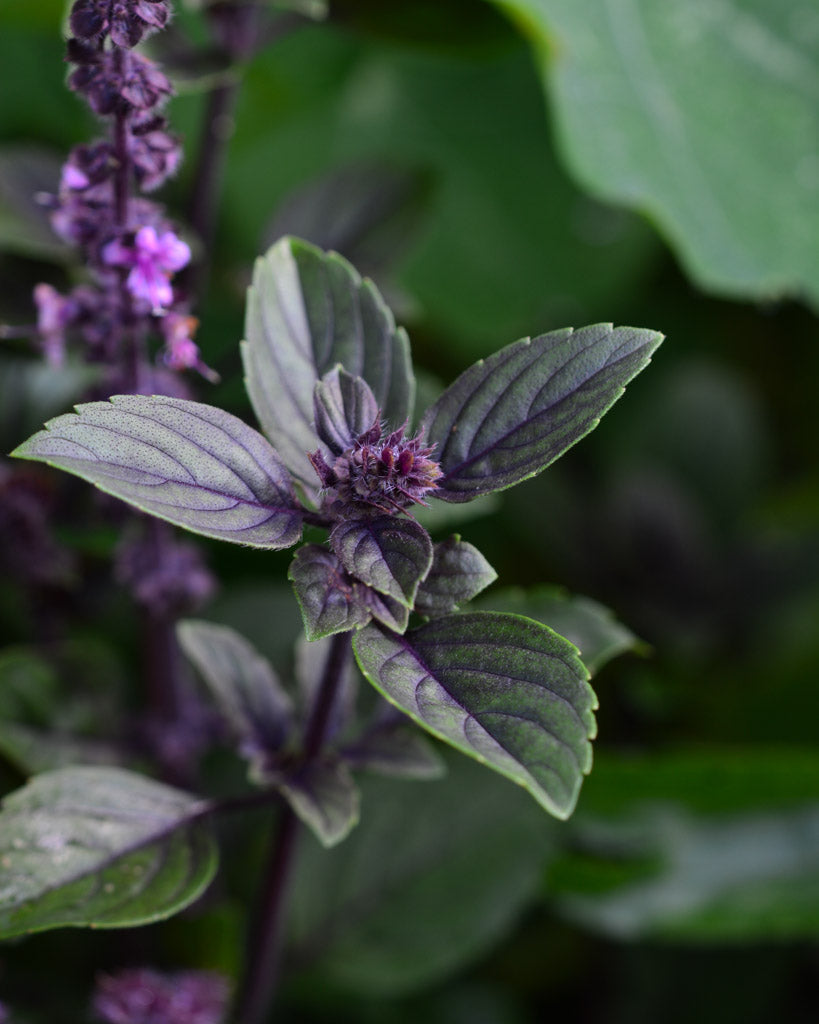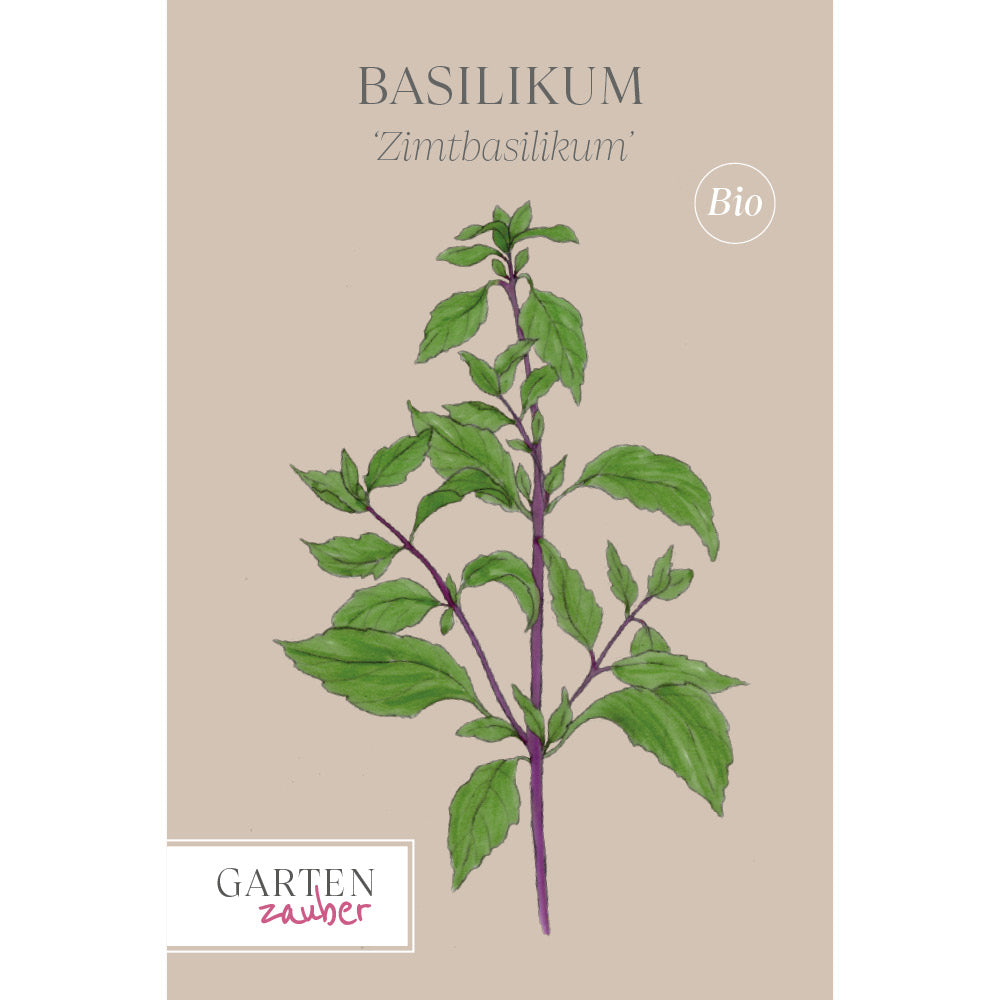Olla – Ideal water reservoir for irrigation in raised beds
The traditional olla watering method is simple, effective, and particularly water-efficient—ideal for raised beds and dry summers. The porous clay pots release moisture slowly and evenly to the roots, supplying the plants exactly where they need it. A clever solution for sustainable gardening with less watering!
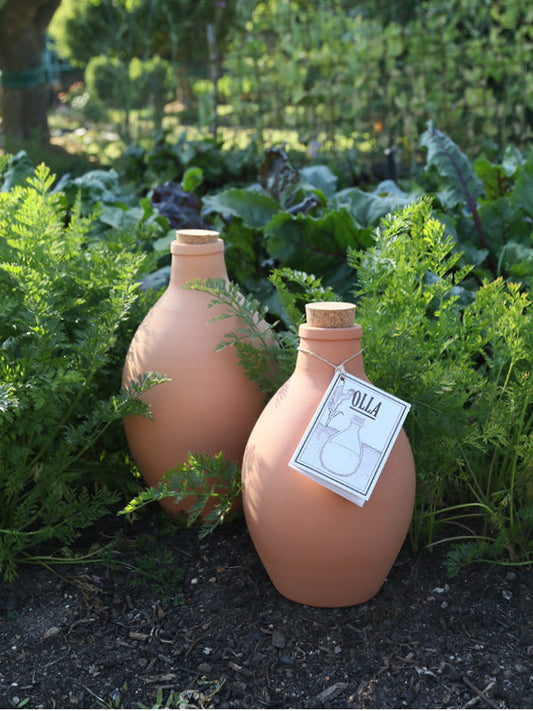
The ideal water reservoir for irrigation in raised beds
An irrigation method known as ollas was once used primarily to water gardens in desert areas. Ollas (Spanish for "pot") are bulbous, porous, unglazed pots or bottles made of simply fired clay.
These are buried in the soil so that only the neck of the bottle protrudes. The clay pots are then filled with water, which the permeable material of the pots then slowly releases back into the surrounding soil.
Ollas in two different sizes are also available in our Gartenzauber online shop!
Build your own ollas
Ollas for irrigation are available from specialist retailers, but they're not exactly cheap. You can also build them yourself. You'll need two standard unglazed clay flowerpots, each with a drainage hole in the bottom.
The pots should be slightly different in diameter so that they fit easily into each other (with the two open sides facing each other). In the larger pot, which goes on the bottom, the drainage hole is sealed with a cork. Then the slightly smaller pot is placed upside down inside the other one, with its bottom surface and drainage hole facing up.
Let the water flow!
Now the "watering pot" is essentially finished and can be buried – ideally in the center – between the plants in the raised bed. It should be deep enough that it almost completely disappears into the soil; only about 3–4 cm should protrude above the soil surface to prevent the hole from becoming filled with soil. The watering pot is filled through this hole using a garden hose or watering can. A shallow saucer can serve as a cover to prevent insects from constantly falling into it.
The whole thing is more stable and easier to handle when burying if the two pots are not just inserted into each other, but are firmly connected using clay, beeswax or cement, for example.
How much water?
With a watering container that holds about 6.5 liters of water, you can typically water a raised bed area of 120 × 120 cm. How long the water in the container lasts depends, of course, on the current weather.
Don't forget
The clay pots are not frost-hardy, so they must be dug up again before winter!
← vorheriger Post: Make your own compost – this is how waste becomes valuable humus
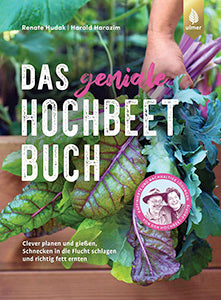
The content of this article is from the book:
Renate Hudak, Harald Harazim
The ingenious raised bed book
Plan and water cleverly, drive away snails and reap a bountiful harvest.
Price 18,00 €
ISBN 978-3-8186-1622-9
Eugen Ulmer Verlag
https://www.ulmer.de/usd-7118537/das-geniale-hochbeetbuch-.html
Are you planning to create a raised bed? Here you'll learn everything about construction, cultivation, harvesting, building instructions, and growing plans. Do you already have a raised bed? Then you'll receive valuable tips on watering, pest control, attracting beneficial insects, winter harvesting, and varieties.

